More Coverage
Twitter Coverage
Satyaagrah
Written on
Satyaagrah
Written on
Satyaagrah
Written on
Satyaagrah
Written on
Satyaagrah
Written on
JOIN SATYAAGRAH SOCIAL MEDIA
Oops… NCERT did it again: A predictable textbook case of Indian history howlers
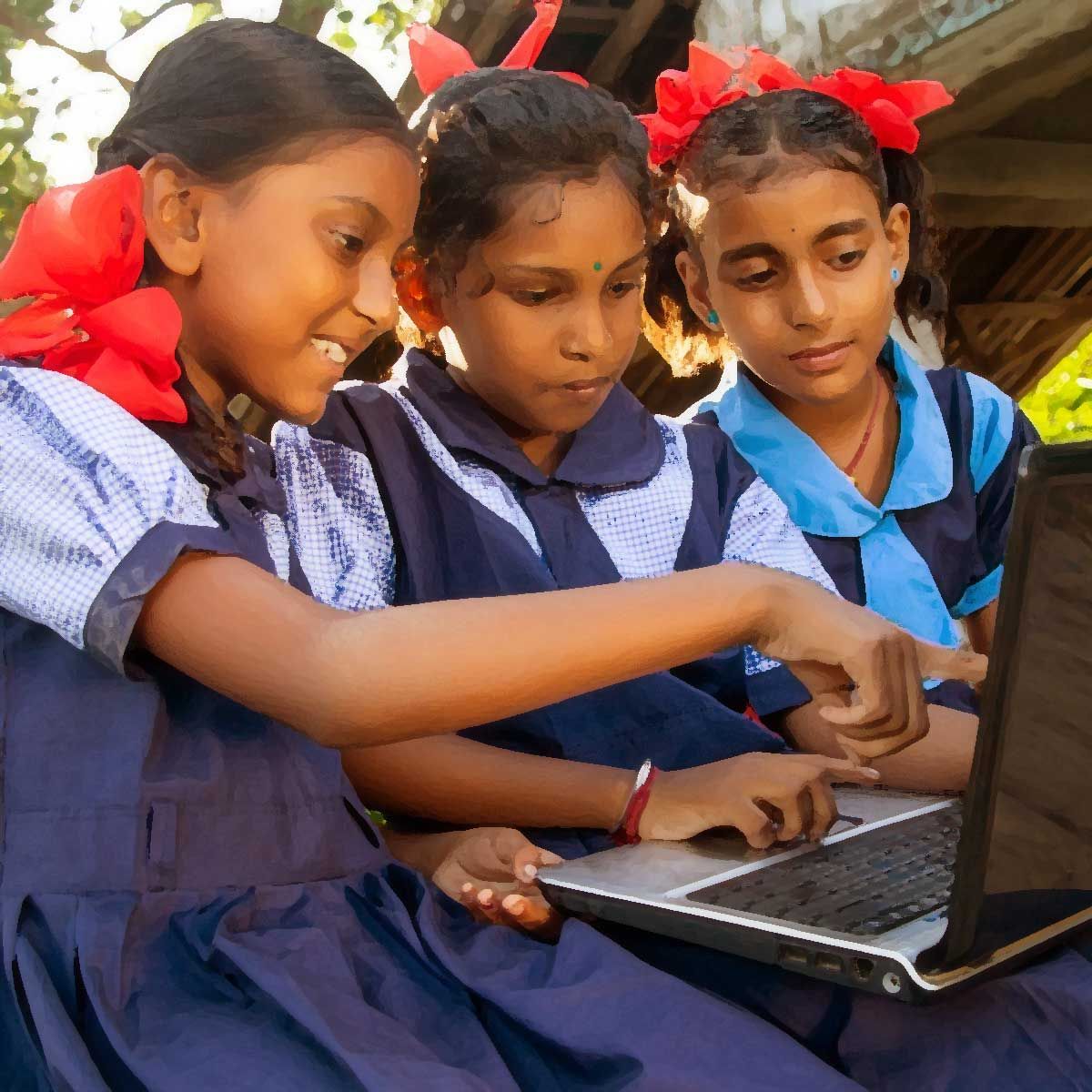
NCERT or National Council of Educational Research and Training is a government organization that comes second after the ICSE board in the educational system of India. The books published by the board is used by over thousands of students in their academics. Textbooks published by NCERT are prescribed by the CBSE from classes I to XII, with exceptions for a few subjects. Around 19 school boards from 14 states have adapted the books.
The books that are currently being used in schools were last published in 2007 and were not updated after that. This year NCERT decided to review and over 1300 factual errors were found in them. In order to improve its mistakes, the council asked for suggestions from its teachers and nearly 900 teachers have sent over 2500 suggestions for the corrections.
Speaking of the errors Prakash Javadekar, Human Resource development minister have said that “This is not a revision, but a review. A large number of teachers sent their suggestions. NCERT received around 2,500 suggestions and of those 1,300 are found to be correct. NCERT is going to update the books and the process is likely to be done before the start of the next academic session. Also, a new portal has been created which will help schools order the books and it will ensure timely supply“.
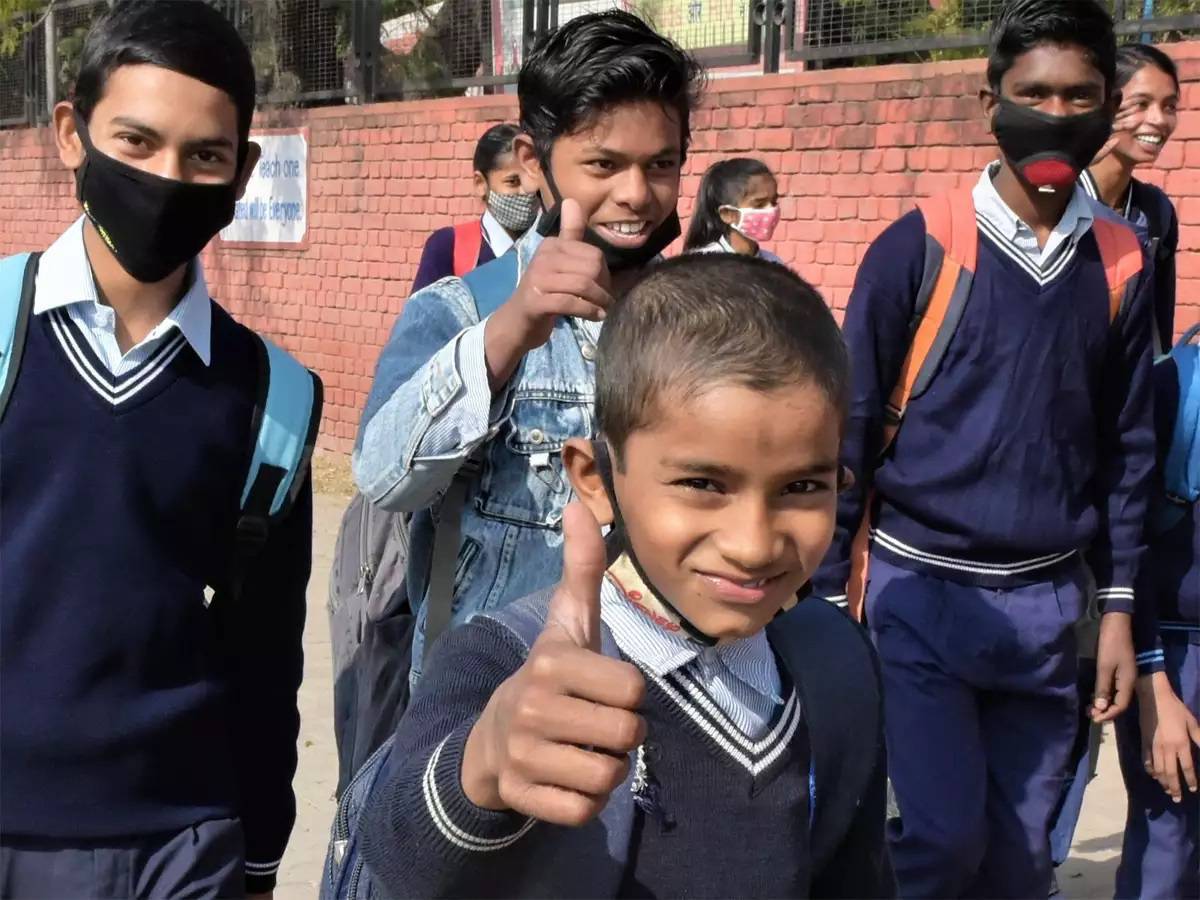 |
Students who study under CBSE board often takes help from the NCERT workbooks for reference or notes preparation. These kinds of errors could cause problems for students and could affect their grammar.
Ever since its establishment, the organization has faced a great deal of controversy and continues to do so today. The controversy centers around allegations of attempted rewriting of Indian history, allegations of historical revisionism with a Hindu nationalist agenda, and others.
The council acts as the Secretariat of the National Development Group for Educational Innovations. The council has been offering training facilities, usually through attachment programs and participation in workshops, to education workers of other countries. The council publishes textbooks for school subjects from Classes I to XII. NCERT publishes books & provides sample question papers that are used in government and private schools across India that follow the CBSE curriculum.
As a nation, we often take pride in our history, yet in my decade-long interactions with Indian students and teachers, we have rarely found any in love with the discipline. Rather, comments like “I hate history” or “History is so boring” sum up the general feeling. You are likely to share it if you open the latest history textbook prescribed for Class VI in 2010–11 by the Tamil Nadu government under its “common syllabus”.
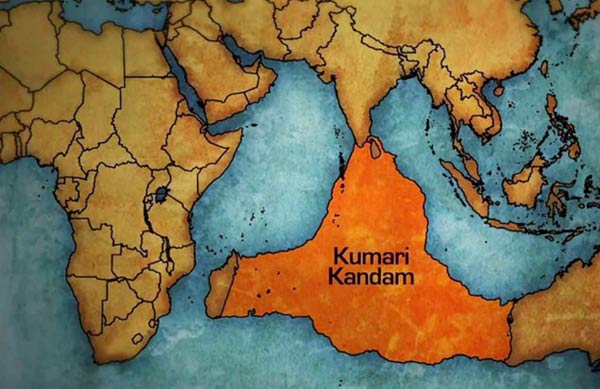 |
Mockery of History
Let us begin with the Indus or Harappan civilisation, Chapter 2. On a map, an important Harappan site, Kalibangan, is shown inside Pakistan instead of northern Rajasthan (has Pakistan encroached on Indian land?); another site, Rupar, is placed right on the international border, while it is close to Chandigarh. The text informs us that “Harappa in Sindhi means ‘Buried City’,” even though Harappa is in Punjab, not Sindh, and its etymology is unknown. Harappan cities were so sophisticated that they boasted “street lights”—certainly a world first! Another gem: “The terracotta planks discovered here were engraved with letters”, perhaps this is a garbled reference to Dholavira‘s famous three-metre-long inscription, consisting of crystalline material set in a long-vanished wooden board. Curiously, Dholavira, one of the five largest Harappan cities, and the second largest in India, figures nowhere. Apparently, our textbook writers rarely believe in updating their knowledge.
Among the five reasons given for the decline of this civilisation, the first is nonsensical: “Wooden articles would have got destroyed by fire,” as if that could have finished a whole civilisation. The second is sheer fancy: “Rivalry because of the civil war.” The fourth—“The Aryans would have destroyed these towns in order to succeed” (succeed whom or in what is unclear)—was rejected by archaeologists over 40 years ago, and so has the fifth: “The heap of bones discovered in Mohenjo-daro is evidence of the invasion of the foreigners,” especially as there is no “heap of bones” anywhere, only a few scattered skeletons which belong to different epochs. The third reason alone — a change in the course of the Indus — is among the accepted factors, but is poorly expressed and quite incomplete.
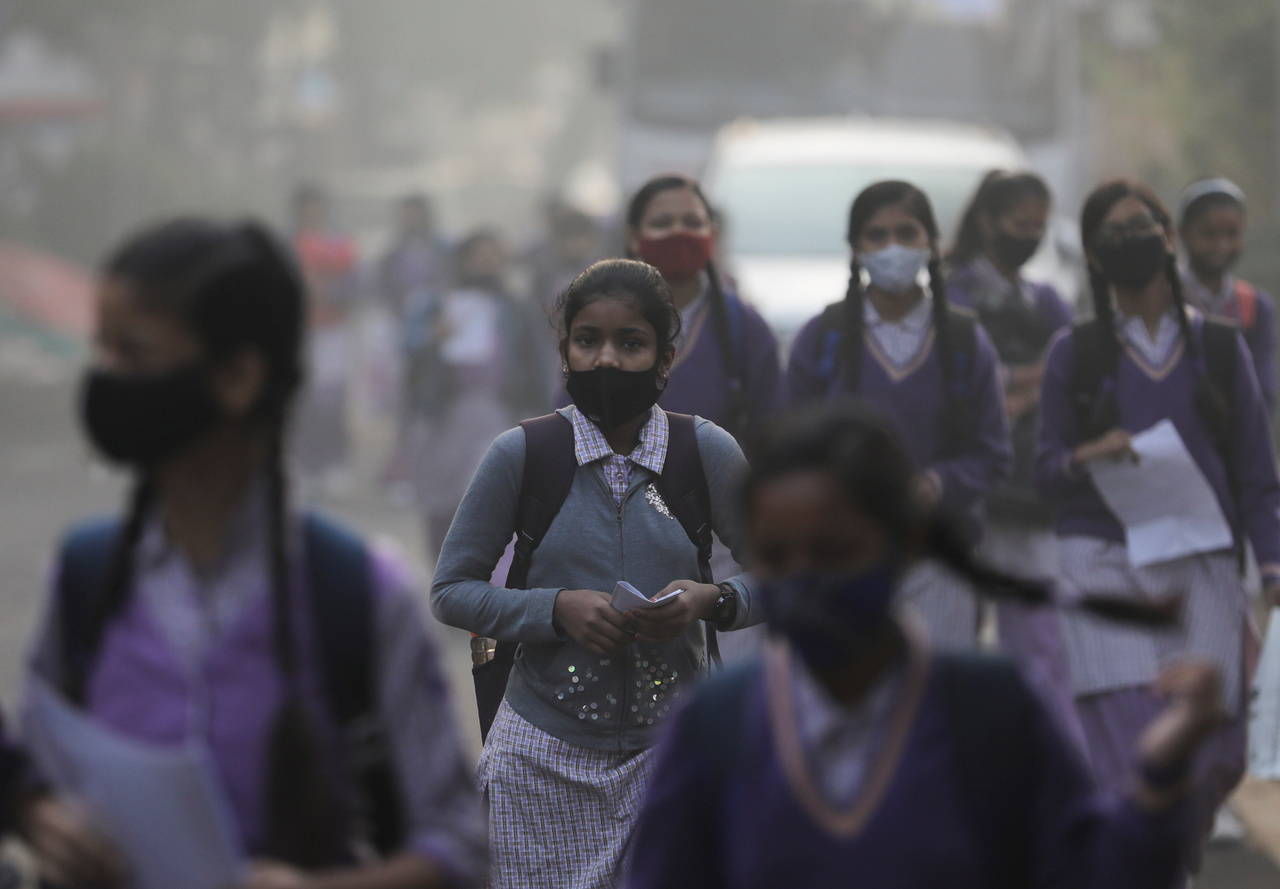 |
Let us turn to Chapter 4, “The Vedic Period”, which opens with the arrival of the Aryans around 1500 BCE — a highly disputed colonial theory presented as hard fact. It adds piquant details: Aryan men, besides dhotis and shawls, wore turbans and had “bands on their foreheads”, an awkward and wholly fictitious combination. The Congress (I) will be delighted to learn that among other gods, the Aryans worshipped “Indira” (instead of Indra; another is “Varna”, instead of Varuna). A table summarises the “qualities of Dravidians and Aryans” in two neat columns of nine points, the first of which attributes to “dark complexion, medium height, dark long hair”, and to the Aryans “fair, tall and brown hair”. Clearly, we shall never move away from the racial theories of the colonial era, even if they stand wholly discredited in the light of modern anthropology and genetics.
The other eight points take it for granted that the Dravidians were the authors of the Indus civilisation, a theory that has been around for decades but has few takers among archaeologists. That the Dravidian / Aryan contrast is viewed as purely racial is confirmed by the complete absence of a linguistic comparison, the only legitimate one today. In fact, there is no mention of Sanskrit; our Class VI student shall never learn that such a language existed, in conformity with the anti-Sanskrit stance of the Dravidian movement.
Tamil, by contrast, receives much attention. In fact, Chapter 3 on “Ancient Tamil Nadu”, judiciously placed before “The Vedic Period”, presents as fact the legend of the Kumari Kandam, a mythical land south of India, where the first two of the three Sangams flourished before the land was swallowed by the sea (to appear more credible, the textbook uses the word “tsunami”, unaware of the fact that a tsunami swallows no land). This occurred “before prehistoric period” and “this land mass was eight to ten times bigger than South India,” complete with “wide ranges of mountains”, “civilised people and efficient kingdom” (excuse the broken English). So we had civilisation even before prehistory!
The textbook goes on to identify Kumari Kandam with the equally mythical lost continent of Lemuria, and asserts that “conditions were favourable for the growth of living organisms only at Cape Comorin which was submerged after the tsunami…. Because of this the evolution of man would have taken place then. The language spoken by those people was the basic of Tamil language.” Humans thus evolved near Cape Comorin in Lemuria—not in Africa as we thought—and spoke Tamil right from the beginning. I have no problem with a mild dose of national or regional pride, but this planetary jingoism boggles the mind.
There is more. Lemuria was a “big land mass connecting Africa and Australia” and was so-called after “the monkey Lemur” — but lemurs are not monkeys. Never mind, “it was believed that human beings evolved from the Lemurs. The language of the people was ancient Tamil” — in case you had forgotten. As regards humans being descended from Lemurs, this is a momentous discovery that will call for rewriting textbooks on human evolution. On geology, too: the super-continent of the Southern hemisphere, which is thought to have included South America, Africa, the Indian subcontinent, Australia and Antarctica, is called Gondwana—not Lemuria—and broke up some 200 million years ago, according to current research. Compare this with two million years of human evolution, and the absurdity of a Lemur-descended, Tamil-speaking early humanity ought to be plain enough.
Legends and myths are wonderful windows on the ancient mind in any culture. But to present the Kumari Kandam tradition as a scientific finding (adding spicy details that figure nowhere in the Sangam literature) would be like asserting that Rahu’s swallowing of the sun during eclipses is the latest in astronomy.
There are more howlers in following chapters (we learn that “to attain the spiritual goal the Jains starved”; moreover, “they eliminated clothes”), but the above examples will suffice to illustrate the abysmal incompetence of some of our textbook writers. Remember, in most Tamil Nadu schools, students will not be allowed to move on to the next class unless they have mugged up this farrago.
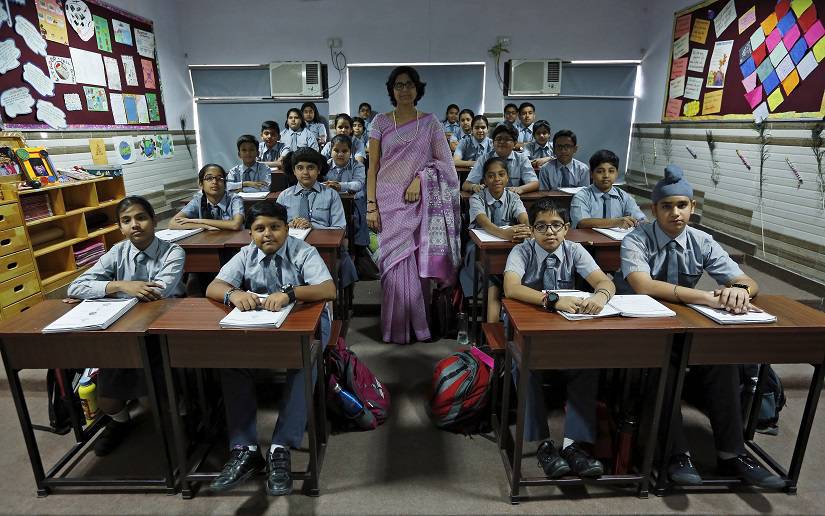 |
Conclusion
Better textbooks (such as those published by NCERT) do exist, but are not free either from errors, confusion and lingering colonial stereotypes. In this Internet age, perhaps it is time, as forward-looking educationists suggest, to move beyond a textbook-centric education and make creative use of a variety of materials. This may involve some trial and error, but it cannot do worse than the above kind of disgraceful material.
References:
icytales.com - By Shafaque11
pragyata.com - BY MICHEL DANINO
 Support Us
Support Us
Satyagraha was born from the heart of our land, with an undying aim to unveil the true essence of Bharat. It seeks to illuminate the hidden tales of our valiant freedom fighters and the rich chronicles that haven't yet sung their complete melody in the mainstream.
While platforms like NDTV and 'The Wire' effortlessly garner funds under the banner of safeguarding democracy, we at Satyagraha walk a different path. Our strength and resonance come from you. In this journey to weave a stronger Bharat, every little contribution amplifies our voice. Let's come together, contribute as you can, and champion the true spirit of our nation.
 |  |  |
| ICICI Bank of Satyaagrah | Razorpay Bank of Satyaagrah | PayPal Bank of Satyaagrah - For International Payments |
If all above doesn't work, then try the LINK below:
Please share the article on other platforms
DISCLAIMER: The author is solely responsible for the views expressed in this article. The author carries the responsibility for citing and/or licensing of images utilized within the text. The website also frequently uses non-commercial images for representational purposes only in line with the article. We are not responsible for the authenticity of such images. If some images have a copyright issue, we request the person/entity to contact us at satyaagrahindia@gmail.com and we will take the necessary actions to resolve the issue.
Related Articles
- To encourage inclusivity, eight short films about same-sex relationships will be screened in Kolkata classrooms, including one on male escort
- Toxic Western ideologies being pushed into Indian schools via promoting LGBT and gender politics propaganda among children
- NCERT turns woke with sex-interested contributor Vikramaditya Sahai pushing gender jargon on children: How LGBT activists are calling legitimate criticism of a public figure ‘transphobia’
- Theft on a Grand Scale - Britain stole $45 Trillion from India and lied about it. Indian money developed Britain and Other Countries
- Madras High Court: Do not take decision on melting Temple gold till Trustees are appointed
- Sonam Kapoor steps in to support Woke ‘activists’ over NCERT controversy, dragged the RSS too
- An Artisan Heritage Crafts Village: Indigenous Sustainability of Raghurajpur
- Children got School sermons to not burst crackers on Diwali, this is how a mother responded
- Congress scion Rahul Gandhi peddled a rumor that the eternal fire of ‘Amar Jawan Jyoti’ that has been burning for over 50 years at the India Gate will be extinguished: Here is why he is wrong
- Kejriwal Govt Inflated Delhi's Oxygen Demand By Four Times During Second Wave Peak: SC Oxygen Audit Team
- Three booked for falsely accusing general secretary of the Ram Temple Trust in a Facebook post in ‘land scam’
- Terrorism, Pakistan, COVID, Afghanistan and more: Here’s all that PM Modi and US VP Kamala Harris discussed in the bilateral meet
- Even as Delhi lags behind in vaccination, Arvind Kejriwal govt continues PR campaign with full-page ads in various newspapers
- Hindus chanted Ramcharitmanas outside Christian school that had held derogatory Ramleela: Haryana
- Student rusticated and debarred from further studies for raising voices of Hindu students: Meet Ajay Singh from Aligarh Muslim University




























